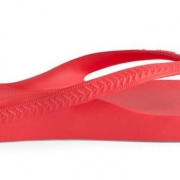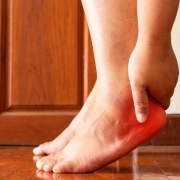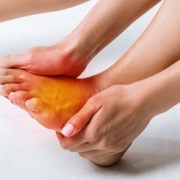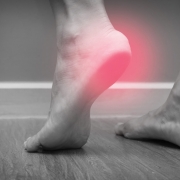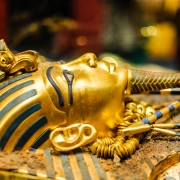Under the big toe are two small bones called the sesamoid bone. These are embedded in tendon in the same way that the patella bone is in the from of the knee. The function of the sesamoid bones (and the patella) is to give the tendons are more efficient lever to move the joint. As these bones are under the big toe joint, they are subjected to a lot of force when walking and playing sport. Sports like tennis where you need to use the big toe joint to pivot on put an enormous amount of force on them. If these loads are too high, you can end up with a condition called sesamoiditis in which these small bones and the structures around them become inflamed. Wearing higher heels shoes also puts pressure on the sesamoid bone and so does having to stand all day at work, especially on hard floors.
The symptoms of sesamoiditis are gradually increasing levels of pain under the big toe joint. If you palpate where these bones are they can be quite painful. Sometime the bones are very prominent because there has been some atrophy of the fat pad. On occasion, especially if the onset of pain is acute there might be a fracture of one or both of the sesamoid bones. There are a number of conditions that can affect the big toe joint such as gout or osteoarthritis that also needs to be taken into account when assessing someone with pain in this area.
Once a sesamoiditis has been diagnosed then sesamoiditis treatment usually starts with some sort of reduction in activities or modifying them if that is possible. Getting into well padded and cushioned footwear is also a useful idea. There are adhesives felts that can be stuck on the foot to get pressure off the painful are. Pads an also be used on insoles in the shoes. Over the long term foot orthotics with pressure relieve are usually very helpful.




